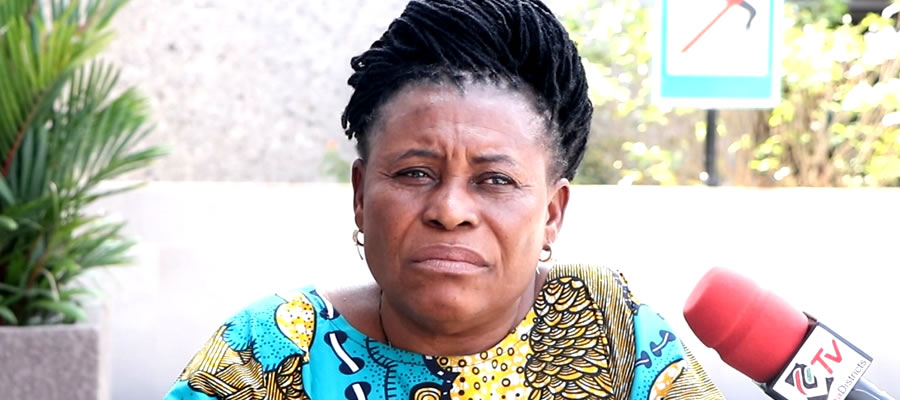

Demographic Characteristics
The significance of population issues in development planning cannot be over¬emphasized. The parameters discussed in this section are to provide the needed background for the Medium Term Development Plan of the South Tongu District.
Population Size And Growth Rates
The population of the district is estimated at 64.811 with female slightly dominating at an estimated population of 35,404 while male population was estimated at 29,407 at growth rate of 1.22% per annum. (2000 population and housing census, Ghana Statistical Services, 2000). This growth rate is low compared to the regional and national growth rate of 1.9% and 3.0% per annum respectively.
The district’s population reduced from 1.8% between 1970 - 1984 to 1.22% between 1984-2000. The reduction can basically be attributed to the out migration of citizens especially fishermen to other fishing communities and the migration of the youth to the cities. It is hoped that a s
uccessful implementation of the decentralisation development policy will facilitate a balanced spatial development and correct the out migration experienced in the district. The introduction alternative sources of livelihood such as pen culture could also help curb the incidence of emigration of fishermen. Out of the total population, only 11.3% live in the urban areas, with 88.7% living in the rural areas. The total urban population of the district is lowest in the region, which is 27%.
Population Density
The population increase over time is reflected in the density of population record for the periods 1984 and 2000 (Table). The land area of South Tongu District is (594.75 sq km) and was inhabited by 53,252 in 1984, and 64,811 persons in the year 2000. The number of person per square kilometre (density) as at each of the population censuses has therefore moved from 89 persons in 1984 to 109 persons in 2000. The population density expresses the level of pressure the mere size of population exerts on land; the increasing density in time therefore shows the increasing pressure the land and its available resources. If no action is taken, diminishing returns on land is likely to set in as the population continues to increase.
Age- Sex Structure and dependency ratio of Population
Information on the sex composition and age structure of the population of the district serves as a useful guide to demographic trends in the district. There are 29,407 males and 35,404 females respectively in the district. Children within the ages of 0-14 constitute 2.4% of the district’s population. Out of these only 11.5 are within the ages of 0-4 years. The population aged above 65 years is 8.3%. The dependency ratio in the district is 103.4.
The age structure of the district is typical of a high fertility regime and therefore there is the need to support programmes to educate couples to adopt low fertility lifestyles. A study of the population pyramid indicates a young population. As is the case with young populations, the dependency ratio is high. Measures should be put in place educate and train the youth to make them employable when they come of age.
Labour Force
The total economically active population is 25,898 out of which 23,668 are employed with 2230 being unemployed. The population of the employed females (15057) in the district is higher than men (10841). The proportion of unemployment for both men and women remains almost the same About 7% of children in the district are economically active. They are engaged in street hawking, fishing, farming, homemaking, etc.
Occupation of the population
Majority of the people in the district are engaged in agriculture (46.9%). Figure 3 in pdf file attached
Rural Urban Split
South Tongu is the least urbanised district in the Volta Region according to the 2000 Housing and Household census conducted. Only 8% of the population live in the urban areas. This implies that mobre efforts should be made too develop infrastructures in other semi urban areas such as Dabala, Sokpoe and Tefle
Household Characteristics
The composition of the household is a reflection of the social structure of the district. The household is. defined in terms of the relationship of members of the household to the one person they accept and recognise as the head and who is responsible for the management and upkeep of the house and the household members. As is observed from the table (in pdf file), it is clear that majority of household heads are males (22.7%) compared to 19% who are females.
A female-headed household is in most cases, a single person household, a single parent household or a household with the spouse away. The fact that grandchildren (13.8%) and relatives other than the immediate family (20.7%) constitute a significant proportion of the household members appears to support the view that the traditional household structure is still very much a part of the social structure of the district.
Date Created : 11/23/2017 3:42:25 AM









 facebook
facebook
 twitter
twitter
 Youtube
Youtube
 +233 593 831 280
+233 593 831 280 0800 430 430
0800 430 430 GPS: GE-231-4383
GPS: GE-231-4383 info@ghanadistricts.com
info@ghanadistricts.com Box GP1044, Accra, Ghana
Box GP1044, Accra, Ghana